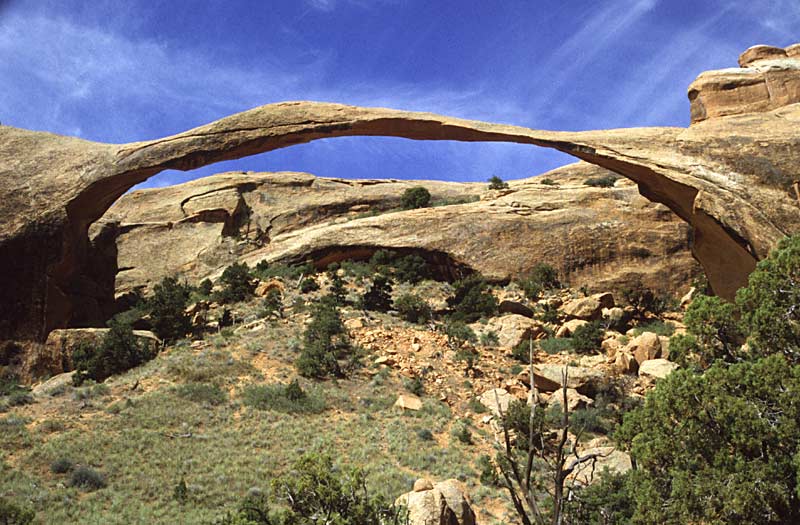
The Ute and Paiute people of the greater arches area first encountered Spanish missionaries in their homelands in 1775, though it wasn’t until the Mormon Elk Mountain Mission of 1855 that non-native people attempted to settle the area. The indigenous Fremont people and the ancestral Puebloans lived in the area until around 700 years ago when the Ute and Paiute peoples came to occupy the region. Indeed, humans have lived in the region of the current Arches National Park for at least the last 10,000 years.

These days, some 1 million people visit the park each year, though the human history of the region dates well beyond the park itself. Over the years, as the underlying salt bed formed the topography of the landscape, the overlying buff-colored Navajo Sandstone and red-colored Entrada Sandstone weathered and eroded to form the features we see today and to create the arches that give the national park its name.Ĭurrently, the park is home to not just rock, however, but an incredibly fragile high-desert ecosystem, particularly the cryptobiotic soil that covers some of the park’s most dusty and arid places. In some places, the sheer weight of all of this rock caused the underlying salt bed to liquefy and create salt domes and displacements, such as the Moab Fault. As the sea evaporated, it left behind all of its salt which was then compacted and covered by over 5,000 feet (1,500m) of Navajo Sandstone, Entrada Sandstone, and Cretaceous Mancos Shale during the succeeding 300 million years.Īrches National Park and snow-capped La Sal Mountains in the background The salt bed, which can be up to thousands of feet thick, is a remnant of the ancient sea that filled the Paradox Basin of the Colorado Plateau about 300 million years ago. This evaporite layer is the main cause of the park’s abundance of arches and other geologic features as it eroded and weathered away, leaving behind the stunning sandstone designs, such as Ham Rock (5472ft/1668m) and The Organ (4764ft/1452m). Geologically, the current Arches National Park sits on top of an evaporite layer (a.k.a.

km.) of area is home to the highest density of natural rock arches in the entire world. Situated just outside the city of Moab, Utah, Arches National Park’s 119.811 sq. Three Gossips (l), Tower of Babel (c), The Organ (r) Other iconic peaks in the park include the massive Tower of Babel (4682ft/1427m) and Sheep Rock (4373ft/1333m), which are both popular amongst climbers.

The park contains just 7 named mountains, the highest and most prominent of which is Elephant Butte (5656ft/1724m).


 0 kommentar(er)
0 kommentar(er)
